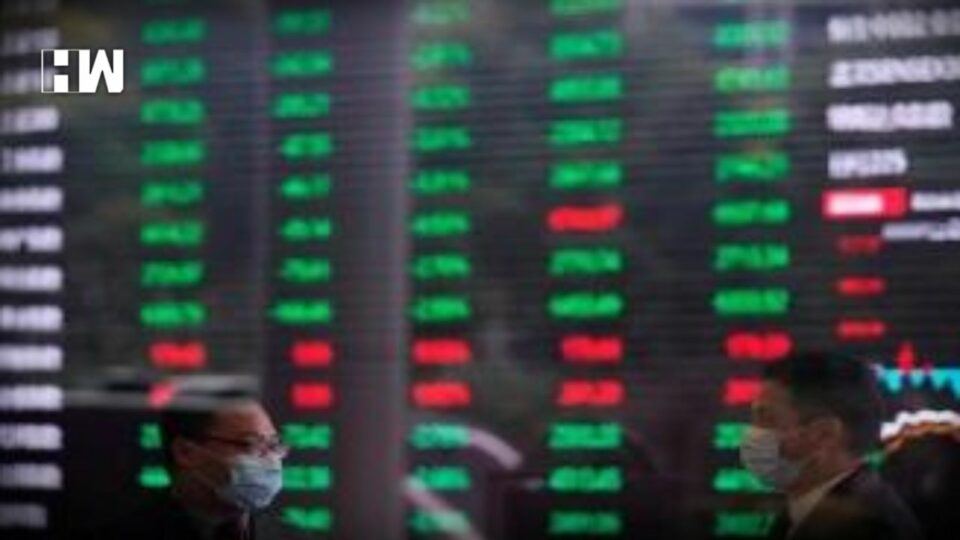Analysts expect India’s retail inflation in August likely to remain elevated mainly on account of a rise in various food prices.
New Delhi: Indian stocks extended their gains for the third straight session and started the fresh week in the green on Monday.
Prior to last Thursday, the benchmark indices – Sensex and Nifty – fell for two sessions on the likelihood of aggressive rate hikes in the US to fight inflation as indicated by the US Federal Reserve. At 9.25 am, Sensex traded at 59,983.29 points, up 190.15 points or 0.32 per cent, whereas Nifty traded at 17,895.80 points, up 62.45 points or 0.35 per cent.
“The most important bullish factor that has caused and is sustaining India’s market outperformance is the strong growth recovery underway in India now,” said V K Vijayakumar, Chief Investment Strategist at Geojit Financial Services.
For fresh cues, all eyes will be on retail inflation data for August, which will be released by the National Statistical Office this evening at 5.30 pm.
India’s retail inflation fell to 6.71 per cent in July, the lowest level in five months, helped by an easing in food and oil prices, as per the National Statistical Office (NSO) data.
However, retail inflation has been over the Reserve Bank of India’s upper tolerance band of 6 per cent for the seventh consecutive month in a row. Retail inflation was at 7.01 per cent in June.
Analysts expect India’s retail inflation in August likely to remain elevated mainly on account of a rise in various food prices.
Also Read: Queen Elizabeth II Wrote A Letter To Australia That Is Locked In Vault And Can’t Be Accessed For 6 Decades
“Investors will be looking ahead to the macro-economic data- Index of Industrial Production (IIP) and Consumer Price Index (CPI) to be out later in the day. However, there may be some cautiousness as another data from RBI showed that its headline foreign exchange reserves declined by USD 7.9 billion to USD 553.11 billion in the week ended September 2,” said Mohit Nigam, Head – PMS at Hem Securities.
The reserves are at their lowest since October 9, 2020, primarily due to interventions by the central bank in keeping the rupee exchange rates stable.
(Except for the headline, this story has not been edited by HW News staff and is published from a syndicated feed.)
As an independent media platform, we do not take advertisements from governments and corporate houses. It is you, our readers, who have supported us on our journey to do honest and unbiased journalism. Please contribute, so that we can continue to do the same in future.


